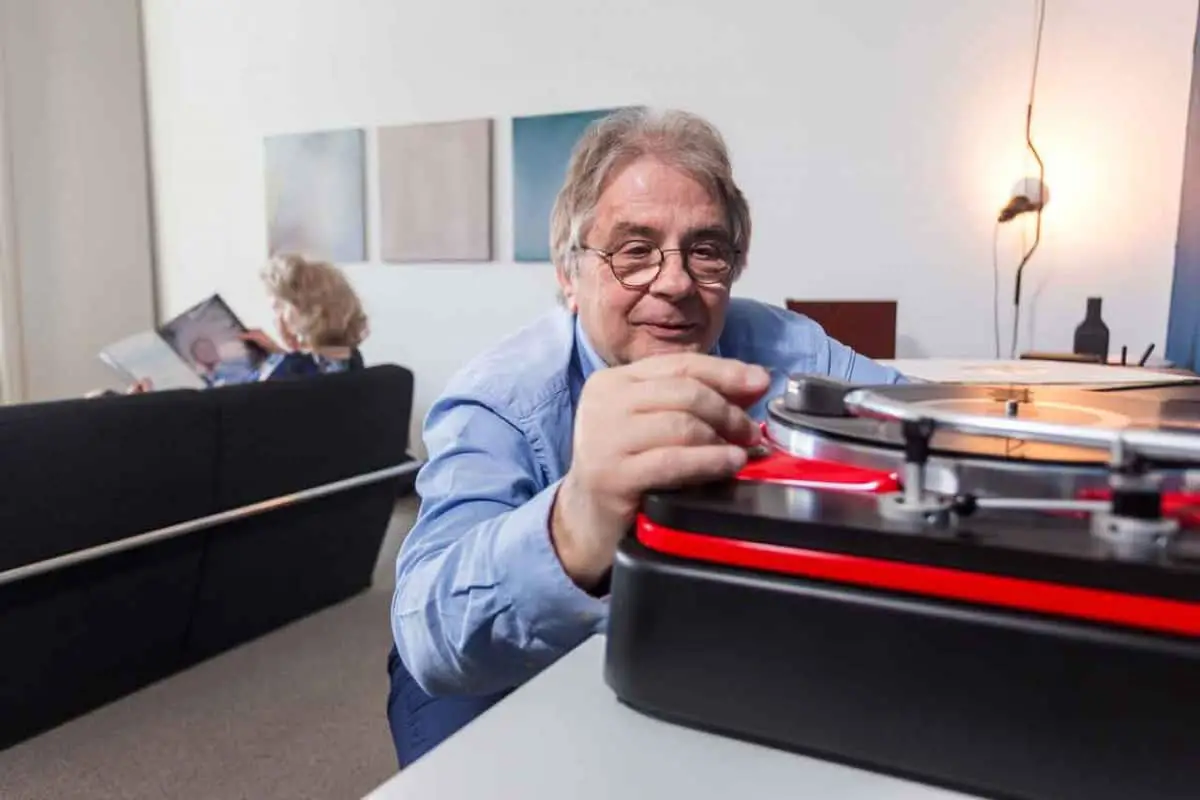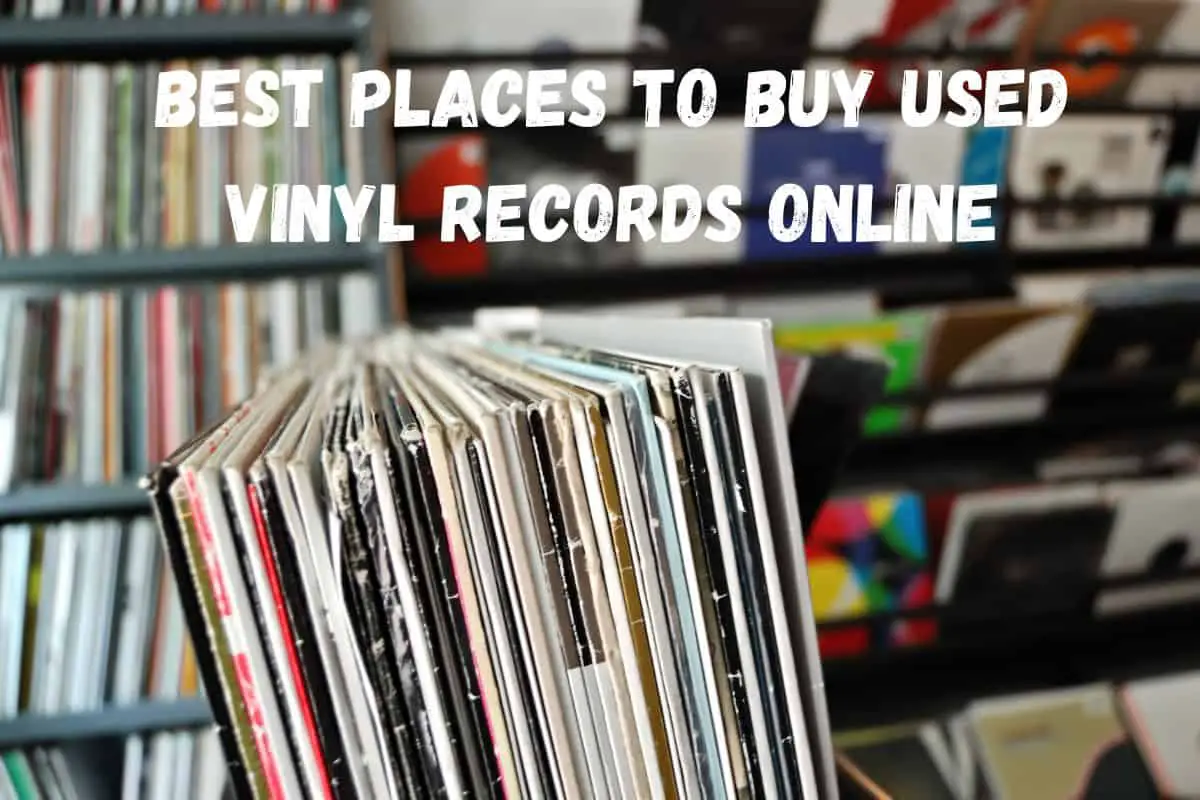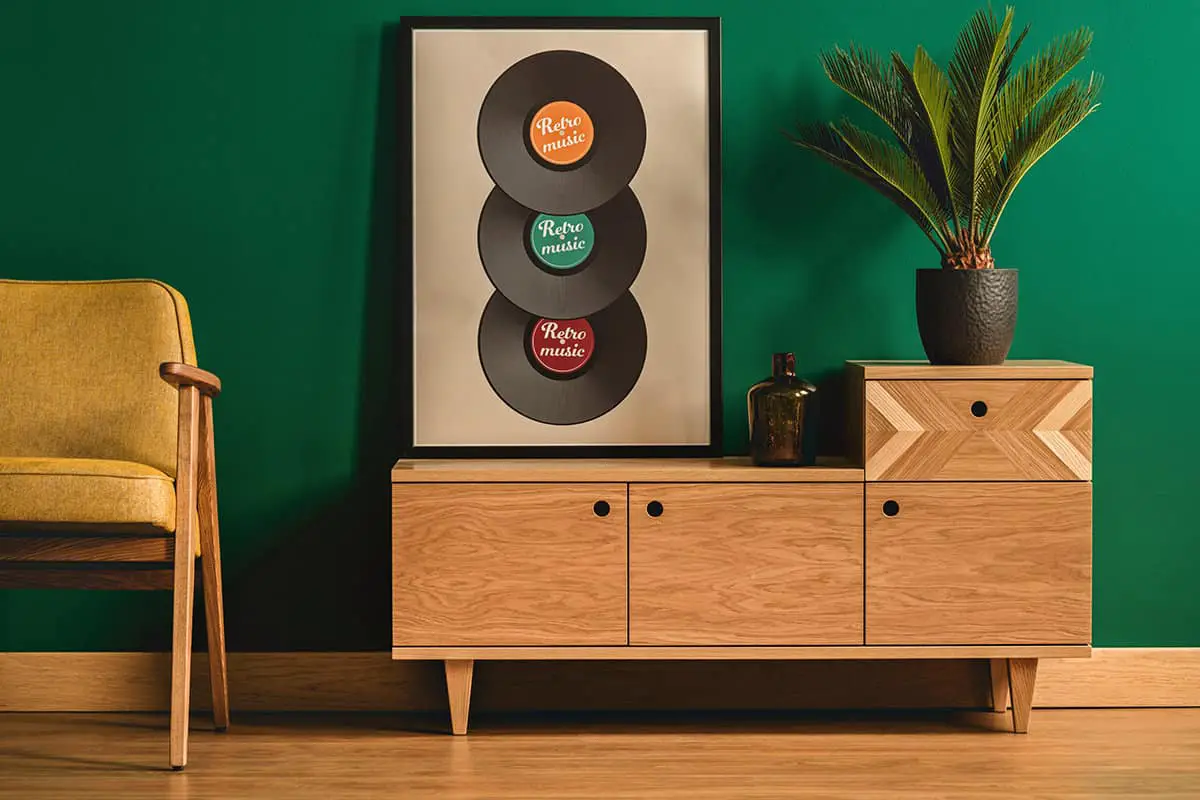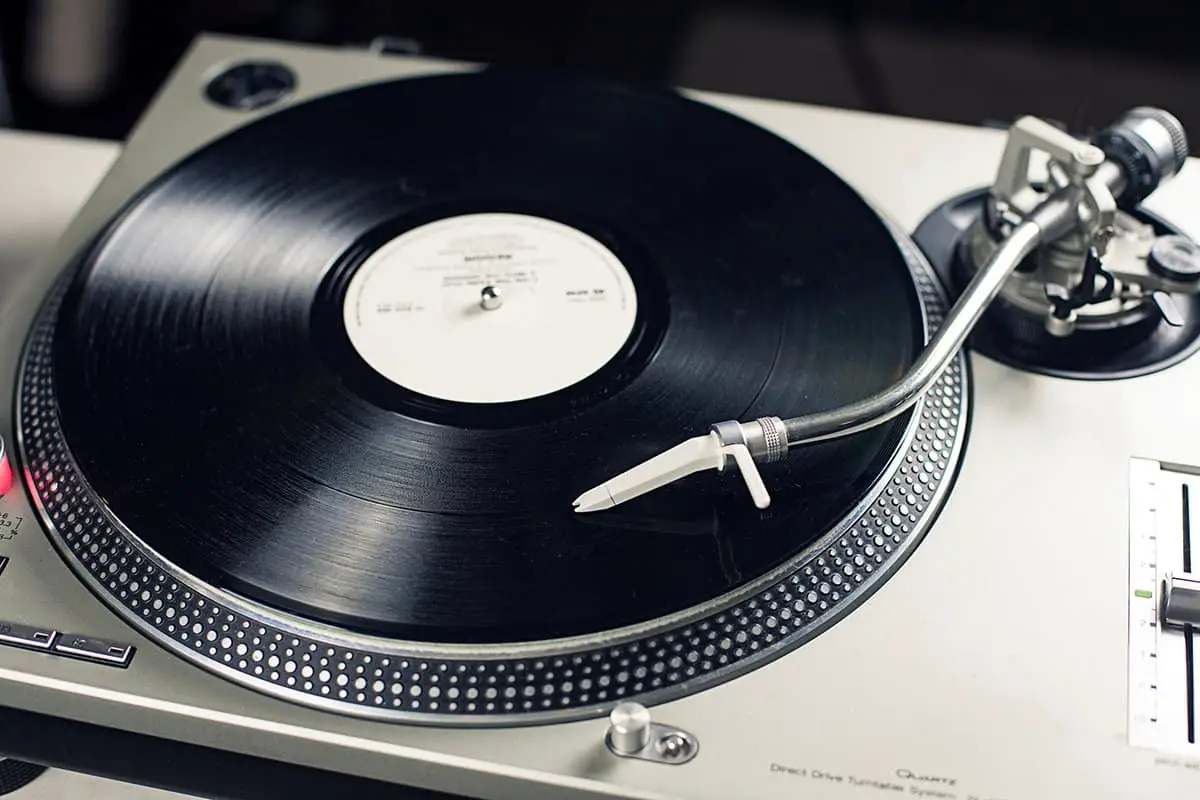This post contains affiliate links.
In a world where Spotify, iPods, and compact disks exist, sometimes, we take for granted even the smallest of features: mainly pausing. While digital media can “play” and “pause” with the push of a button, this process is not precisely very straightforward on analog mediums. That is why today, we asked ourselves: “Can a record be paused?”
Despite the technical limitations, analog music formats such as vinyl records can be paused. However, the process isn’t so straightforward. It will require you to raise the cue physically.
In this article, let us talk about how to pause the record safely and consider what you should consider before hitting the play button.
Table of Contents
Can A Record Be Paused?
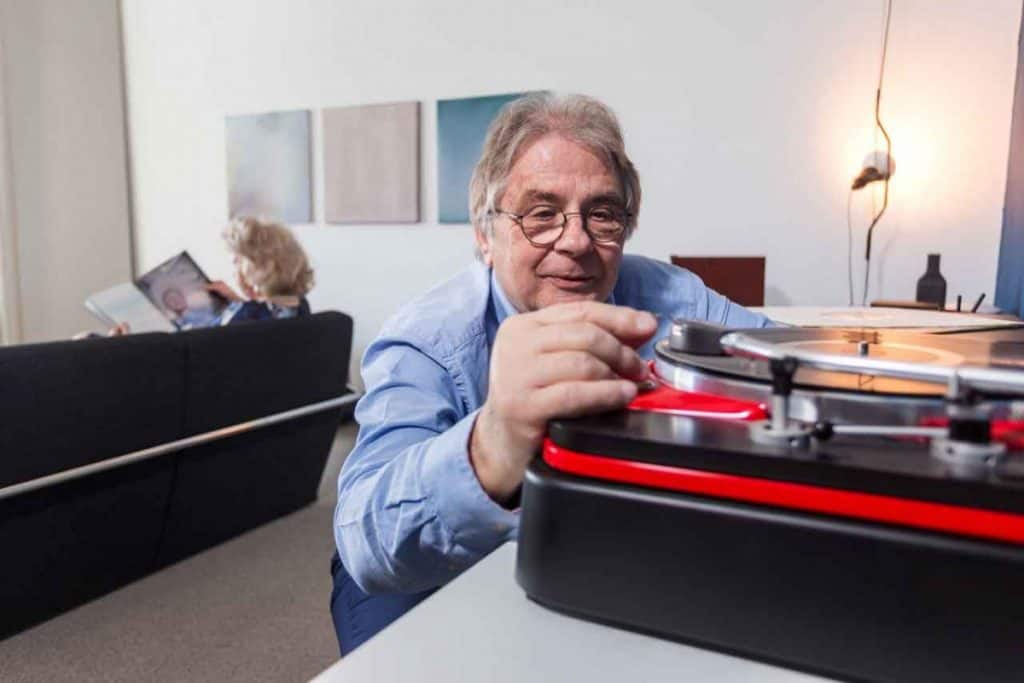
Although not conventional, you can pause a vinyl record. However, in my opinion, I would not consider the process “pausing” rather than calling the method as stopping the record altogether. Why do I say this exactly? Let us find out.
- Pausing The Old School Way
Vinyl records and turntables make themselves stand out as they are one of the last remaining analog mediums of playing recorded music that is still widely used. Despite its weight, exorbitant prices, cumbersome form factor, and fragility, vinyl records are considered the prime way of listening to music. They are uncompressed and have the nostalgia and experience factor added in. However, they are not considered to be the most convenient method of listening to music.
Why do I say this? Well, because of many factors. First, vinyl records are not precisely beginner-friendly, and they are certainly more prone to damage; moreover, the act of pausing isn’t precisely as straightforward as an MP3 player.
The pausing process goes like this: first, you will need to lift the cue to raise the tonearm. When you do this process, you will notice that the music has already stopped. However, this does not mean that it is paused, unfortunately.
If you are using the modern vinyl players (which you are probably using one), you will probably notice the lift arm button. Instead of manually lifting the cue with this button, you can lift it with the push of a button! It will make the process a lot easier and less cumbersome.
If you take a second look at your turntable, you will notice that vinyl is still rotating, which implies that it technically hasn’t stopped yet, only that there is no audio leaving the speakers anymore. In this step, you will need to “stop” the rotation by pressing the stop button on your turntable. (1)
So technically, you haven’t “paused” your vinyl record. You merely “stopped” the turning. However, it functions more or less the same as the pause button on your MP3 player, albeit less convenient, and is not very precise as well.
The next time you ask if a record can be paused, remember that you can pause it– but not in the same manner as you know it to be.
- Why The Order Matters
If you read the process stated above, you may have noticed that instead of directly stopping the vinyl record’s rotation, we have lifted the cue and the tonearm first before proceeding with the stopping action. Why is this exactly?
It is not a “must-do,” but it is a recommended process. If you didn’t know, the needle of your record player’s tonearm is actually made out of the diamond. Earlier, we have discussed that vinyl records and record players are very fragile; let’s talk about that.
The diamond needle is not only very expensive (obviously) but is also pretty tough, especially the diamond tip. Using the Mohs scale of mineral hardness, we will notice that the diamond is the most challenging material globally, making the vinyl pale in comparison. Indeed, you wouldn’t want the ever-so-hard diamond needle dragging over on your delicate vinyl, wouldn’t you? (2)
- It’s Not Exactly The Same. In Fact, It Is Quite Complicated.
Pausing a vinyl record player is not necessarily the same as the pausing option you have with your MP3 player. We have established that well enough already. However, can it get more different as well?
First of all, we have already discussed a specific “ritual” or order when pausing a vinyl record. Lift the cue, then stop the vinyl record. However, this is not the only way a vinyl record’s pause differs from the standard pause we have on our gadgets.
If you must know, there is a particular behavior of pausing that is exclusive to vinyl record players. Unlike MP3s, iPods, and the like, vinyl record players, when “paused,” do not resume the music or audio at the spot where you stopped it. Instead, it may skip through a few seconds of the track, especially if the whole process was manual and does not incorporate automatic cue levers.
So can a record be paused? Yes, but the process is not the same as how a DVD player would pause a compact disk.
Playing A Vinyl Record Player Is Not So Simple Either
We have discussed earlier how the pausing process is quite convoluted. However, the same can be said to the “playing” process as well. In the instance where you will need to resume your audio after pausing or when you are just initially starting to play your vinyl record, you do not just press play, as it always has been with vinyl record players; it is more complicated than that. (3)
- Speed And Size
First, you must know all about the vinyl record’s speeds. Vinyl records are unique on their own as they have different sizes that can affect their rotation speed. When you play a vinyl record too fast or slow, you may not like the overall music output.
Second, you must know about the sizes. As of writing, there are still three relatively standard sizes, the seven-inch vinyl, the ten-inch one, and the twelve-inch one. (4)
The seven-inch and twelve-inch vinyl are generally used for singles and can hold up to two songs, one song on each side of the vinyl record. On the other hand, the twelve-inch vinyl is reserved for extended plays and can include multiple songs per side. These sizes handle different rotation speeds.
The 7-inch and 10-inch records play at 45 RPM, while the 12-inch records play slower at 33 1/3 RPM. So before you press play, make sure you are using the correct rotation speed first. Most modern vinyl players can operate under multiple rotations per minute options, so compatibility problems should not be too familiar.
- Pressing Play
So how exactly does the process of pressing play go? Now that we have understood the speed and the vinyl sizes, I would like you to identify the speed needed for the vinyl record at hand. There are usually printed labels indicating the speed requirement of a vinyl record on the record itself.
Now, set up your vinyl record player at the appropriate speed. Wait for the vinyl record player to rotate that fast and then press play.
When using automatic record players, the cueing lever will rise and hover over the record. When using a manual record player, you may need to press on the tonearm’s cueing lever to lower it. (3)
Can a record be paused? Can a record be played? Of course, it can, and all it requires is wit and preciseness.
The Questions They Asked: Frequently Asked Questions
- Will I damage the record if I leave the needle resting on it?
If you followed the steps earlier, you would notice that we recommend you raise the needle before you stop the record. We still want you to do the same.
- Are there thicker types of vinyl?
Yes, there are. Although not necessarily affecting sound quality, it does improve durability by lowering the risk of vinyl warping, a phenomenon common in hot climates.
- Does tonearm matter?
Yes. Some tonearms are much more suited to a specific sound than others.
Sources
- https://forums.stevehoffman.tv/threads/how-do-you-properly-stop-a-record.178926
- https://forum.dvdtalk.com/other-talk/638008-do-record-players-have-pause.html
- https://toprecordplayers.com/how-to-use-a-record-player/
- https://victrola.com/blogs/articles/a-guide-to-vinyl-record-sizes
VacationVinyl.com is a participant in the Amazon Services LLC Associates Program, an affiliate advertising program designed to provide a means for sites to earn advertising fees by advertising and linking to Amazon.com. We also participate in other affiliate programs which compensate us for referring traffic.

